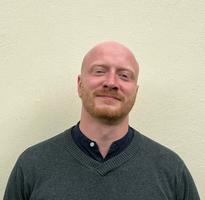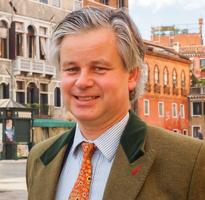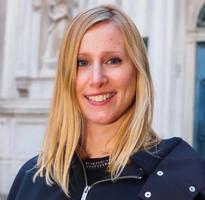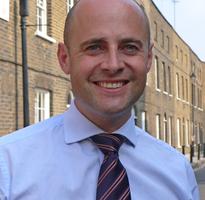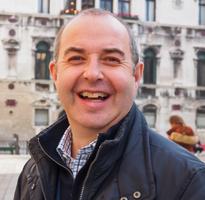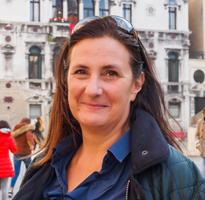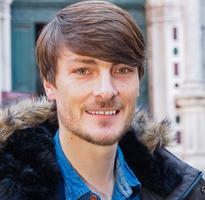Having not been to Cuba in 8 years, to say I was looking forward to revisiting Havana would be something of an understatement. Like the majority of people beguiled by the continuing existence of a socialist state less than 300 miles from the shores of Miami (or “little Havana” as some prefer to call it), I was excited to see what changes – if any- had occurred since my last visit. This would be a flying visit, staying in the hotel Saratoga for 3 nights - which was long enough merely to make me wish I had more time there! Havana is exceptional for many reasons - it is the only capital city in Latin America you don’t arrive into with the sole intention of leaving as quickly as possible. 'Travelling in May can always mean taking a chance with weather. The ideal time to be in Cuba is between November and April, so we arrived (luckily) after a typical afternoon tropical storm. The drive into Havana Vieja immediately takes you past some of the iconic scenes of Cuban life: houses trapped in time, Revolution Square watched over by sculptural reliefs of Camilo Cienfuegos and Che Guevara, 50’s Americana being driven around with adapted Skoda engines. 'The hotel Saratoga sits on the edge of Parque Central, away from the main tourist part of the square but still on the busy intersection of Dragones overlooking the Capitolio. Famously, this seat of the government houses a 24 carat diamond sunk into the floor. Although it is actually a replica - Fidel allegedly has the original. Although its design may be reminiscent of the White House, it is worth remembering that the Capitolio was built 1 metre taller than its capitalist cousin.'The Saratoga is Havana’s grand dame; most rooms with an exterior view have small step-out balconies to watch the life below. I stayed in a junior suite, where this view over the city leaves no confusion as to where you are in the world. It also has a city centre hotel must – a rooftop pool to refresh the soul and watch the sun go down with a well-earned mojito. 'Our first day started with a walking tour of Havana Vieja; a real must (and included in all Kirker packages). Cuban history prior to the revolution, as with many Latin American countries, is a story of 'conquistadores'. Due to its location, Cuba was used as a half-way house for gold heading back to Spain. This made it a prime target for pirates; it also means that the majority of Cuban families have fascinating heirlooms acquired from slightly dubious sources. Plaza del Armas was originally home to the navy, being located at the mouth of the harbour. It is now the home to one of the best second hand book markets in the city, where you can pick up revolutionary works and posters - and another Kirker favourite hotel, the Santa Isabel. This is now a quiet part of Havana Vieja, but still only a five minute walk to the hustle of Obispo and O’Reilly, where you will find two famous Hemingway connections; Ambos Mundos where he lived for many years, and La Floridita where he drank for many years - before his 3rd wife insisted on a move to the countryside.'Night life in Havana, for tourists at least, always used to be restricted to Havana Vieja. With the growth in Cubans being encouraged to start their own businesses, the nearby districts of Vedado and Playa are opening up to private 'paladares'. These are privately run restaurants typically run from homes, and often springing up in the middle of crumbling residential zones where families offer a superior dining option compared to the government run restaurants. La Guarida, best known from the film Fresa y Chocolate, is probably the most celebrated of the paladares, however more are opening on a monthly basis. Reservations are essential. Classic American cars can easily be hired for an evening to take you there and back in Cuban style. 'These districts are also seeing a flourishing of local Cuban artists, who have become highly collectable on the international art market. Contemporary art has always held a delicate position in terms of being openly critical of the regime, but the current liberalisation is seeing disused factories and private homes opening up as exhibition spaces. For those wanting to appreciate a historical sense of this shift in artistic sensibilities, a visit to the Museo Nacional de Bellas Artes is highly recommended. This houses a permanent collection of Cuban and international artists, and shows how different the younger generation's art consortiums are today.'There can be no doubt that Cuba is changing. On many levels, this remains a unique state in the world; the heart of the revolution still beats strongly with those old enough to have lived through the initial glory days of Castro and Guevara and the self-proclaimed “special period” of the early ‘90’s. Rations are still in place, the monetary system is mind boggling within its 3 tiers. But it really is worth the trip to see before the capitalism, that is slowly taking baby steps, overtakes everything that makes this island so special.
Staff Review
Visit to Cuba in May
Speak to an expert - 020 7593 2288
Our expert reservations team regularly travel to a wide range of destinations to explore new cities, visit hotels and to research museums, galleries and restaurants so that we can offer the most up-to-date advice and recommendations.
Newsletter
Join our mailing list to receive the latest updates and travel inspiration.





